
Budapest Gallery
1036 Budapest, Lajos utca 158.
18 July – 5 October 2025
Exhibiting artists:
Nearly two hundred, mostly female exhibitors, from the 19th century to the present day
Curator:
Anna Lujza SZÁSZ
Consultant:
Éva BICSKEI
Assistant curator:
Fanni TÓTH
Graphic design:
Anuri Design Studio
Fordítás:
SIPOS Dániel
Reader editing:
Dóra SZEKERES
Artwork cards for children:
Ágnes SZABICS and Fanni TÓTH
Installation:
Péter GYENEI, Zsigmond PETERNÁK, Imre SZAKSZON
Press:
Zsuzsa GÁMÁN
Opening:
17 July 2025 (Thursday), 6 pm
Opening speech by:
Emese SÜVECZ
art historian, one of the founders, executive director of Hungarian Women Fund
Over the years, women have launched several community fundraising campaigns associated with the Hungarian Academy of Sciences, the institutional embodiment of the national idea and movement. One of the first of these was the making of the floral carpet between 1865 and 1867.
The Academy’s headquarters were inaugurated in 1865, but by the time the building was completed, money had run out and the interiors were left undecorated. This information was most likely brought to the attention of Mrs. János Bohus, née Antónia Szőgyén (1803-1890) in Arad, who launched a public call to the community in several newspapers for a carpet to be made for the Academy’s ceremonial hall. The carpet was completed by 1867 and brought to the Academy building, to take its place in the ceremonial hall first into a piece of furnishing, then as a decorative object representing the institutional authority across regimes and eras. The groups of women involved in the embroidery, counting over a hundred and sixty individuals, represented almost every stratum of society in terms of social class, denomination, age and marital status. The barriers to entry were the ability to sew and the purchase of a 75 x 75 cm unit to be crafted.
The carpet reflects the stylistic traits of the late Biedermeier period. The necessity of making the Academy homely was only part of the reason underlying gesture that it was crafted to be placed ‘under’ the men, on the floor of the Ceremonial Hall. There was a much deeper meaning to it: by making their appearance in the representative central space of this institution of national foundations, women also entered the academic and social public sphere and expressed the need and desire to belong to the national community. Through sewing, women’s gatherings created community, wove networks and carried power. Since most of the participants were widows or orphans of the Revolution of 1848, the foundations of their organisation were politically rooted in the ideas of ‘48 resistance and independence.
In a grid of ten by sixteen fields on the carpet, the floral motif appears arranged in a reddish-brown frame on a green background, sometimes as a wreath, sometimes as a bouquet. The pattern on each unit was pre-printed, embroidered by cross-stitching with wool yarn, and then the hundred and sixty variegated yet similar fields were stitched together into a single structure – network – under the guidance of Mrs. Bohus. The resulting carpet was thus enormous, 7.5 x 12 metres in size. Later, probably before 1917, it was cut into two units of eighty fields each (582 x 710 cm and 566 x 728 cm).
The exhibition seeks to delve into and disseminate the history of the carpet and explore its layers of meaning, interweaving them with other 19th century and contemporary Hungarian and international works. It also attempts to present alternative art histories through the history of the carpet and the artworks and artefacts surrounding it, with a special focus on those never acknowledged or long forgotten 19th century handiworks that can be considered an integral part of Hungarian decorative or applied art. Institutional (self-)reflection may also come under scrutiny within the framework of the exhibition, especially in the light of the fact that the autonomy of the spaces of culture and science is being increasingly undermined – partly by privatisation and partly by unsustainability – or becoming intertwined with the powers that be. The gallery’s spaces are thus opening up to knowledge and academic works that have hitherto remained hidden, even though they carry considerable cultural-political weight. However, we must recognise that the carpet is impossible to present in its entirety and in the manner it deserves, not only because it is now cut into two pieces, but also because the spaces of culture are becoming ever so tight both symbolically and practically.
The title intends to highlight the status of „man” as unidentified identifier. The translucent position in which – regardless of all the historical practices that can shape individual and collective experience – the man remains normative and unclassified, and in comparison to which the woman’s position is mostly secondary. By unmasking this status, this exhibition focuses on women and the stories they tell.
Special thanks to: ALBRECHT Zsófia, BÁLINT Mónika, CZERNÁK Dorottya, Mia EVE, ILAUSZKY Irma, ILAUSZKY Tamás, KISKOVÁCS Eszter, Anton LEDERER, Tevž LOGAR, Margarethe MAKOVEC, MOLNÁR Emese, PÁL Rebeka, RÁCZ Katalin, UGRY Bálint, VÁGÁNY Judit
Artwork loans: Akadémiai Levéltár, Budapesti Műszaki Egyetem Építészettörténeti és Műemléki Tanszék, Catholics for Choice, Fővárosi Szabó Ervin Könyvtár, Honvédelmi Minisztérium Hadtörténeti Intézet és Múzeum, Katarzyna Pabijanek, Lits Levente, Magyar Nemzeti Múzeum Közgyűjteményi Központ, Magyar Tudományos Akadémia Könyvtár és Információs Központ, Magyar Tudományos Akadémia Művészeti Gyűjtemény, National AIDS Memorial, Zempléni Múzeum.
The exhibition was prepared in cooperation with the Hungarian Academy of Sciences, which is 200 years old this year.
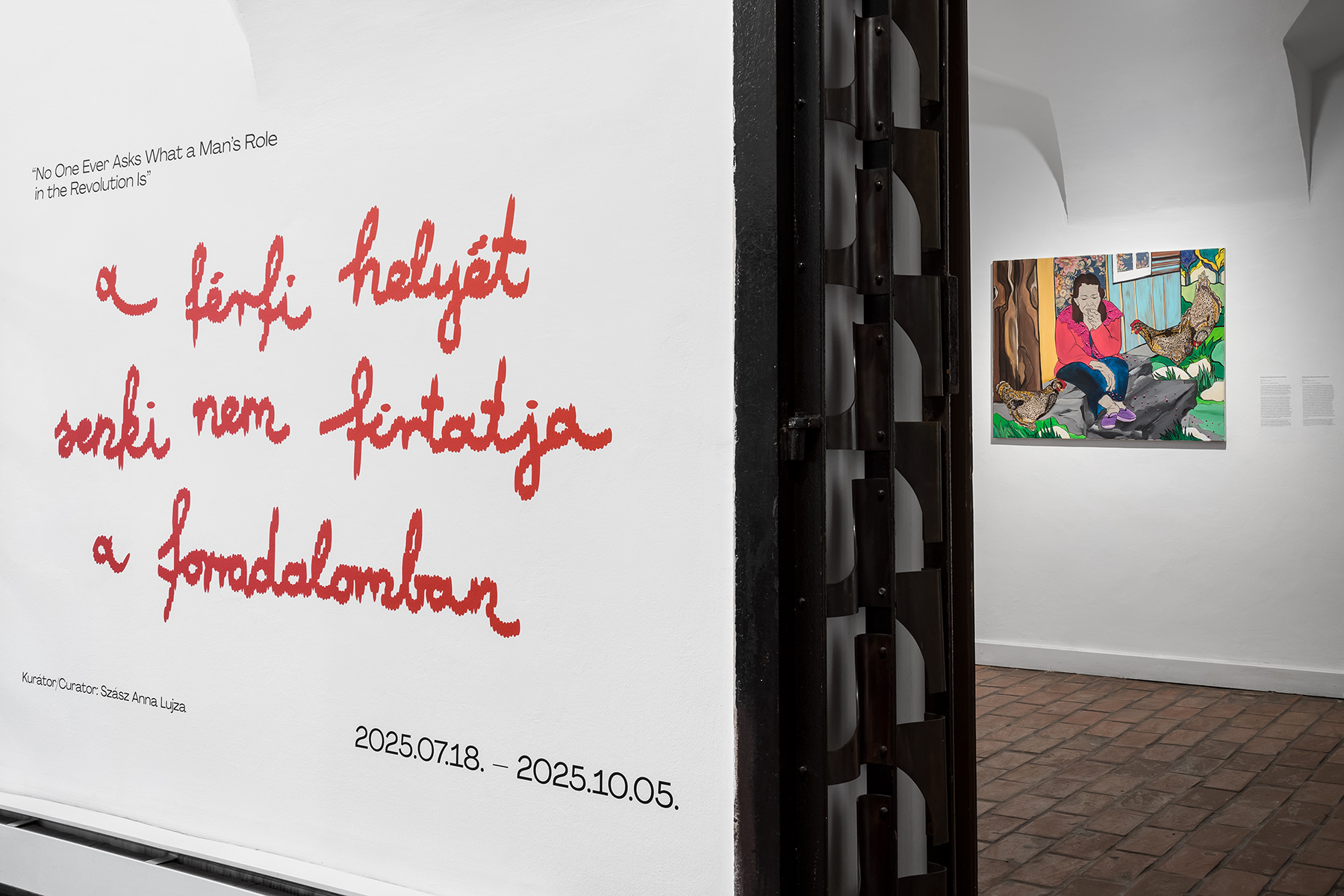
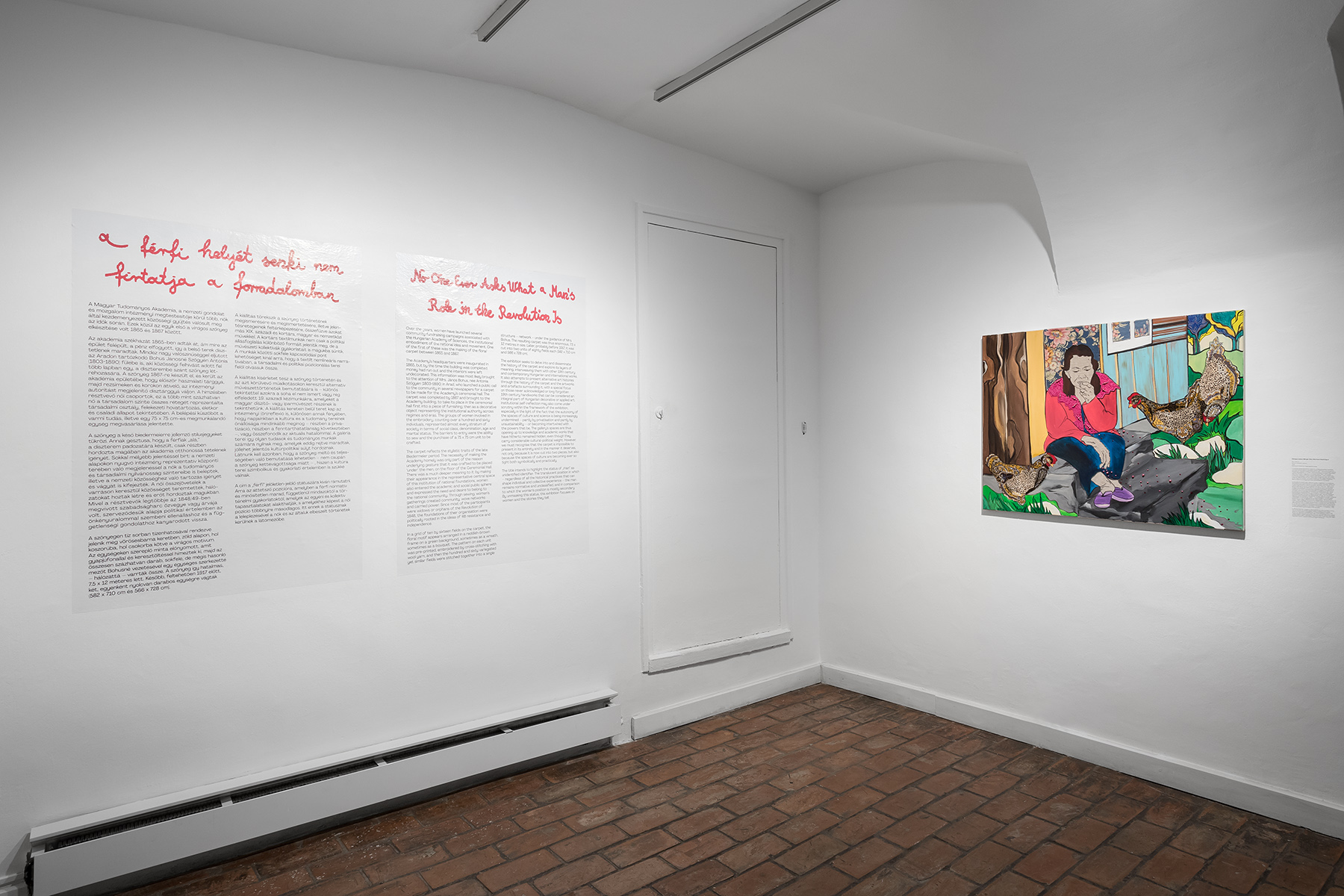
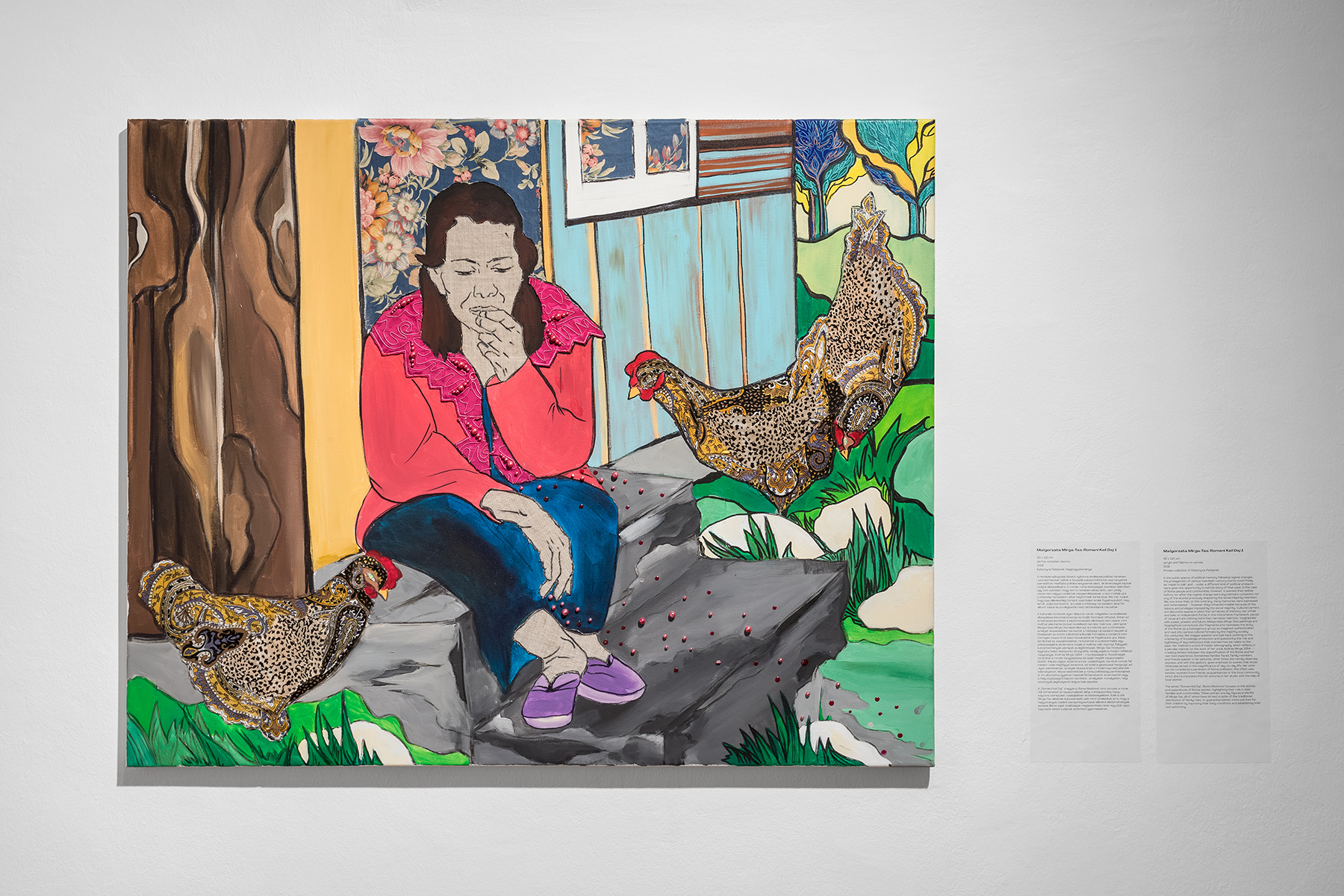
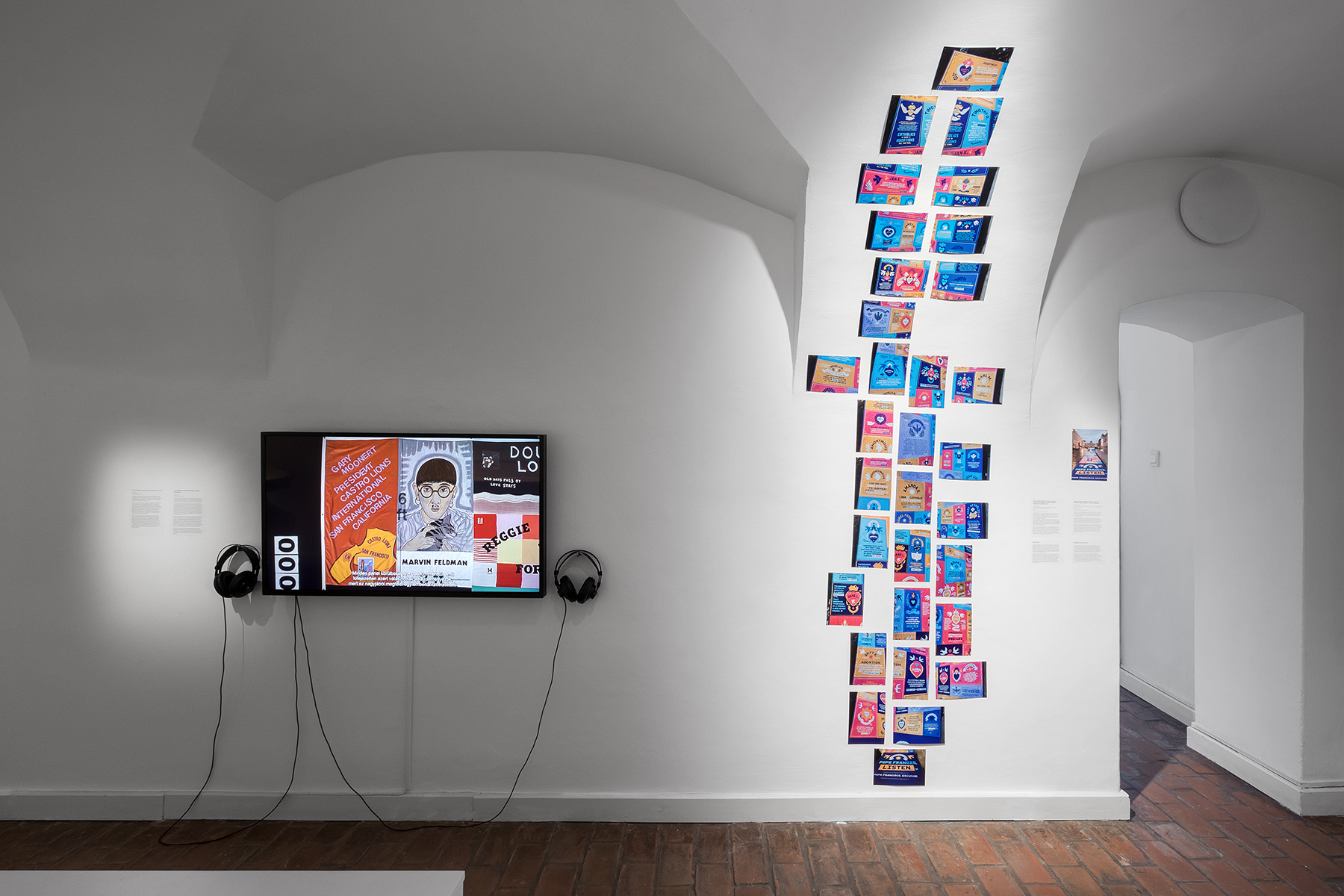
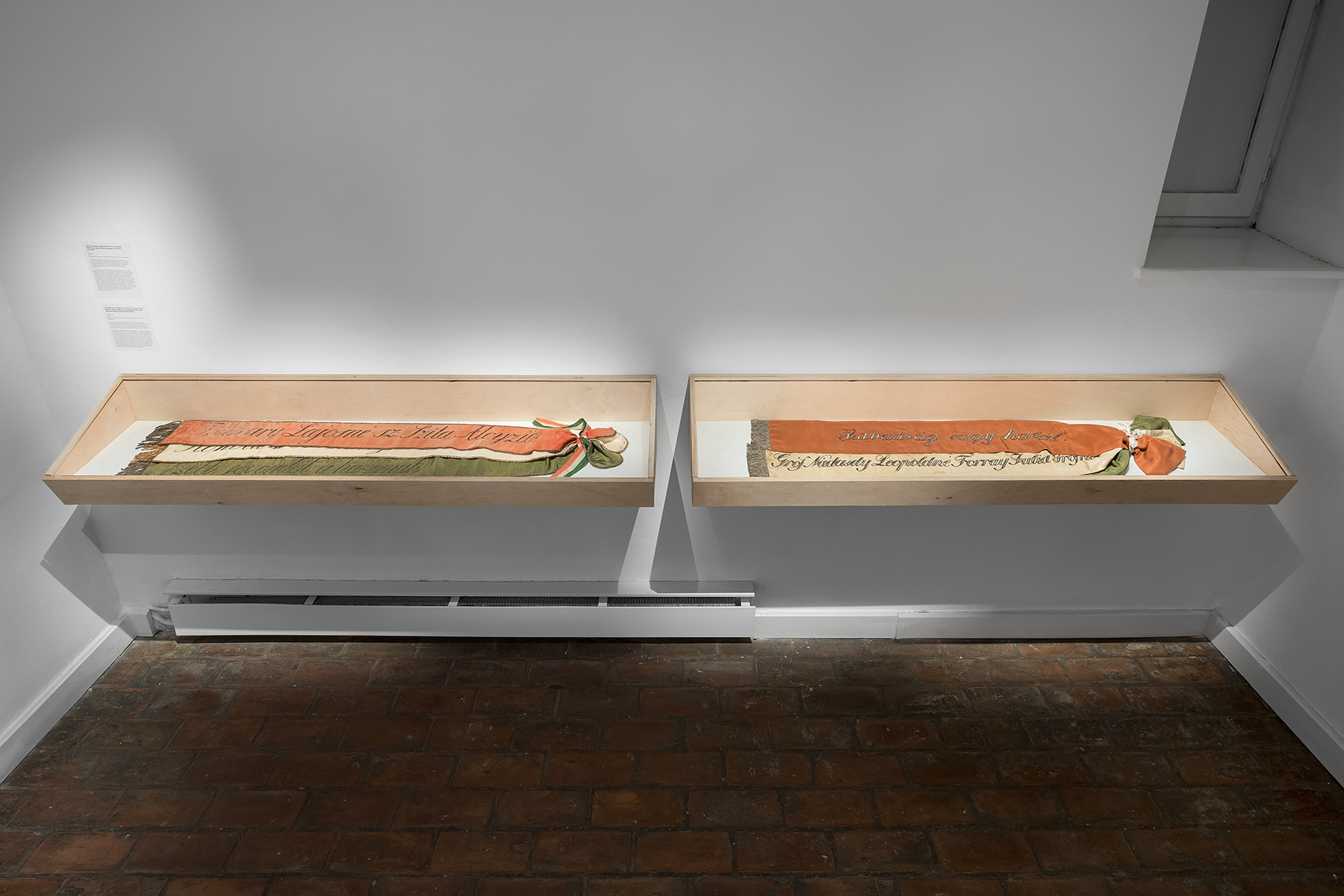
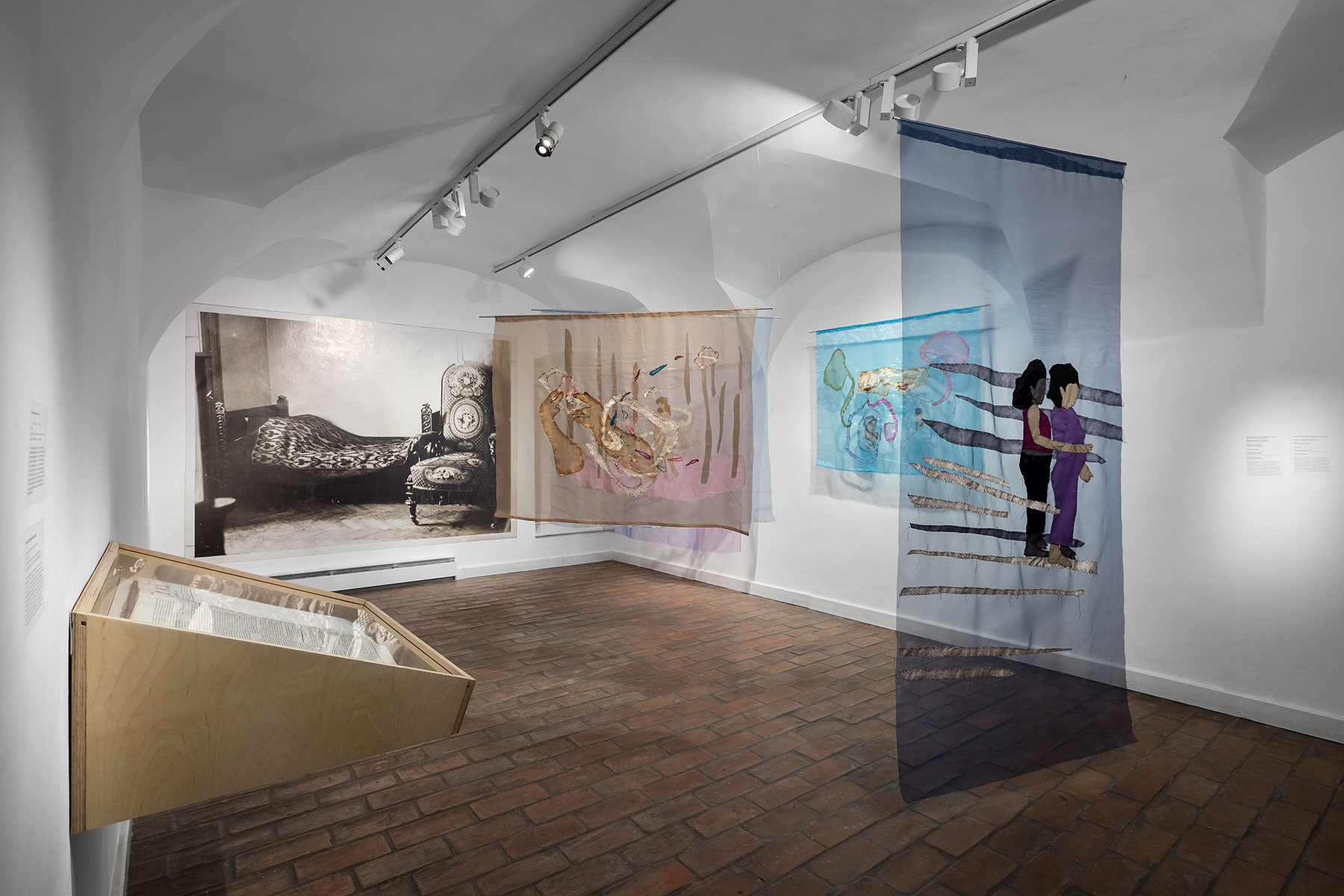
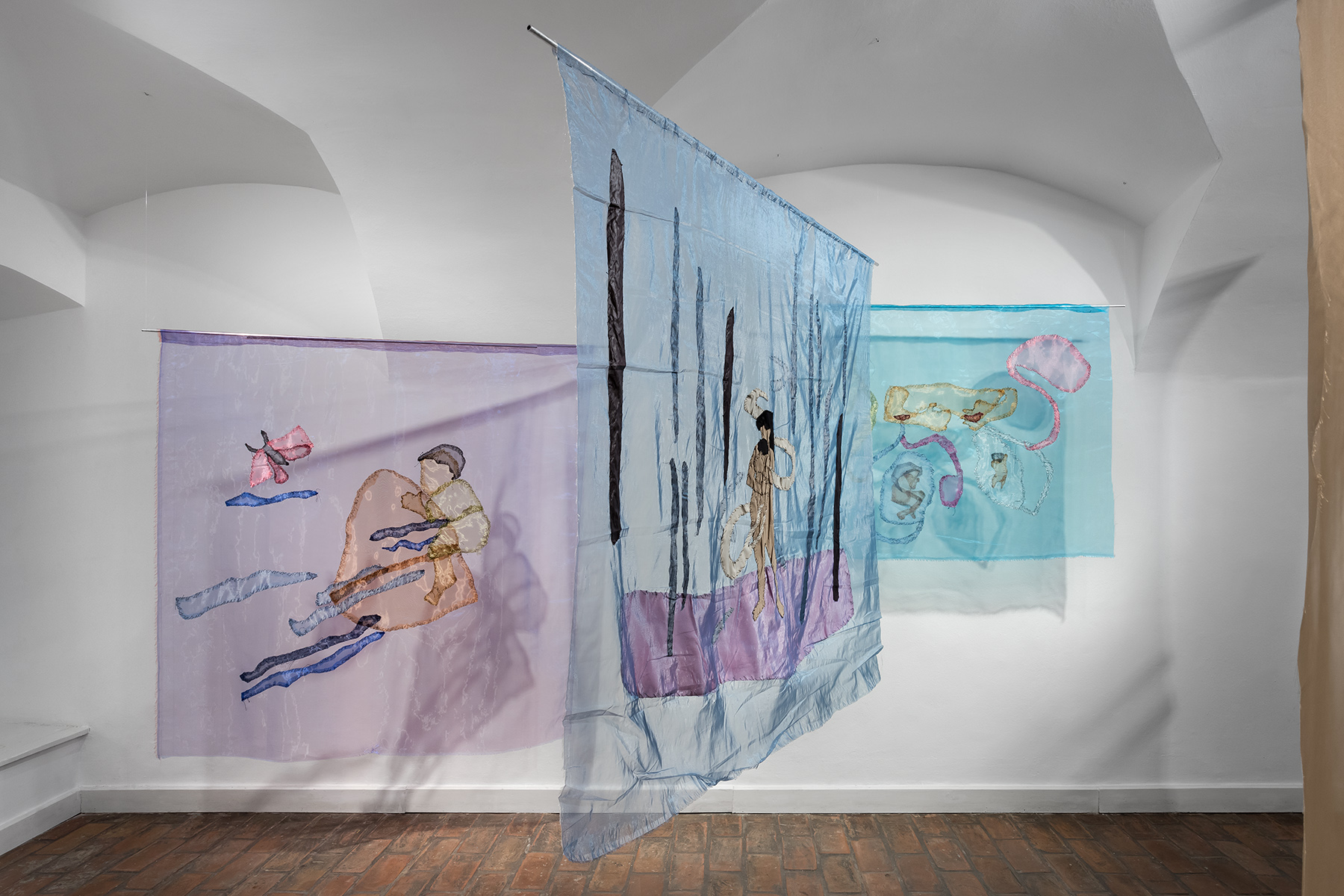
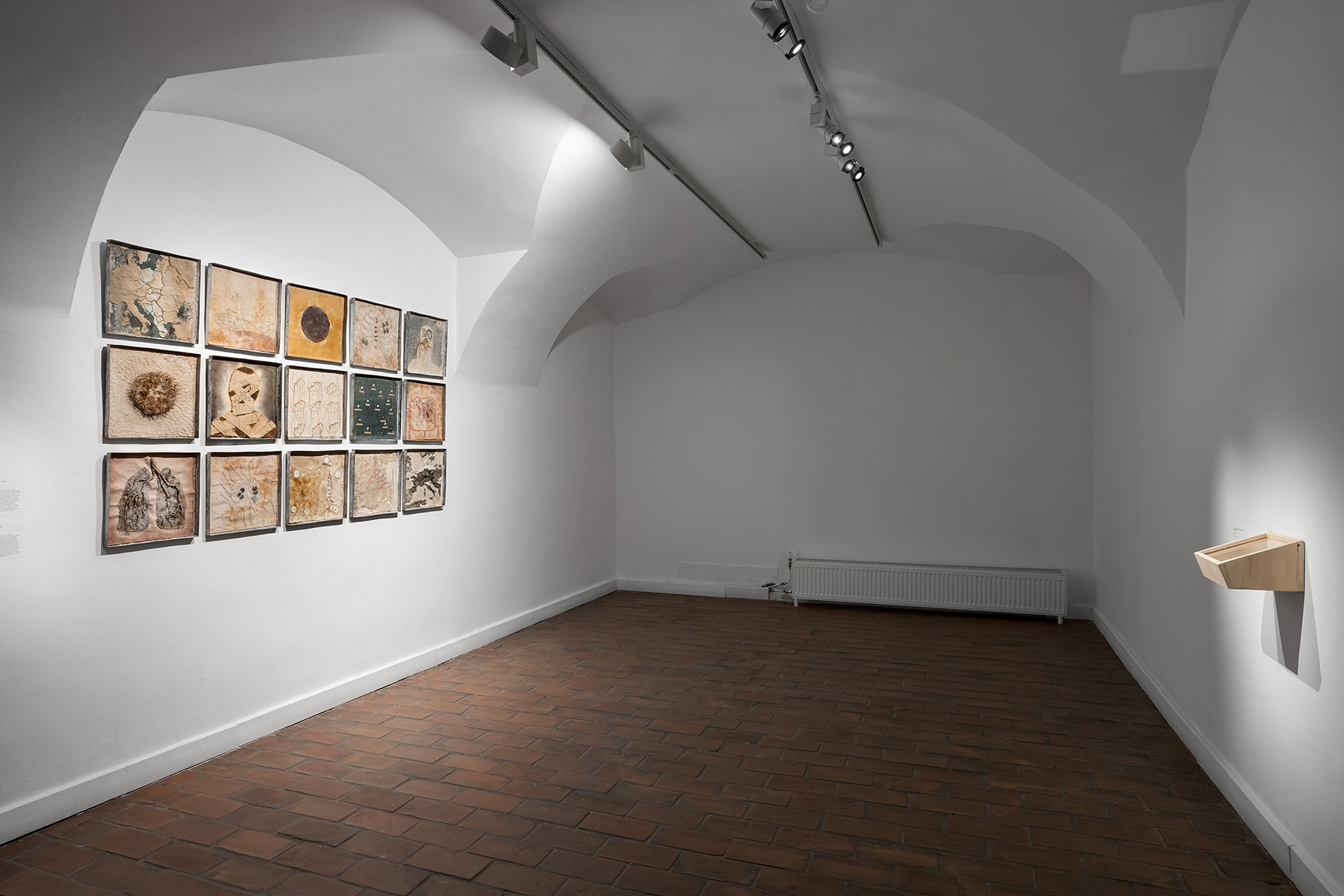
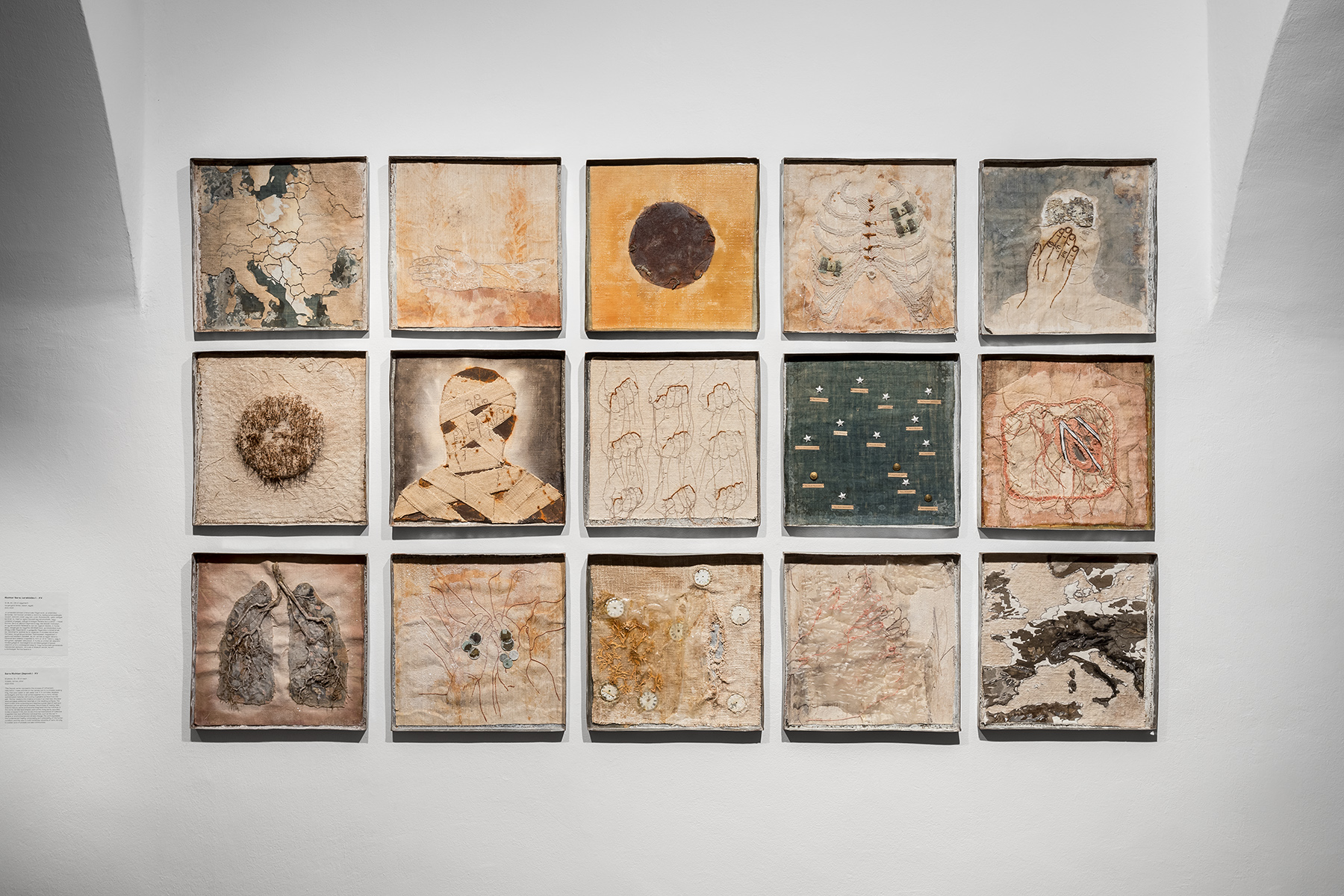
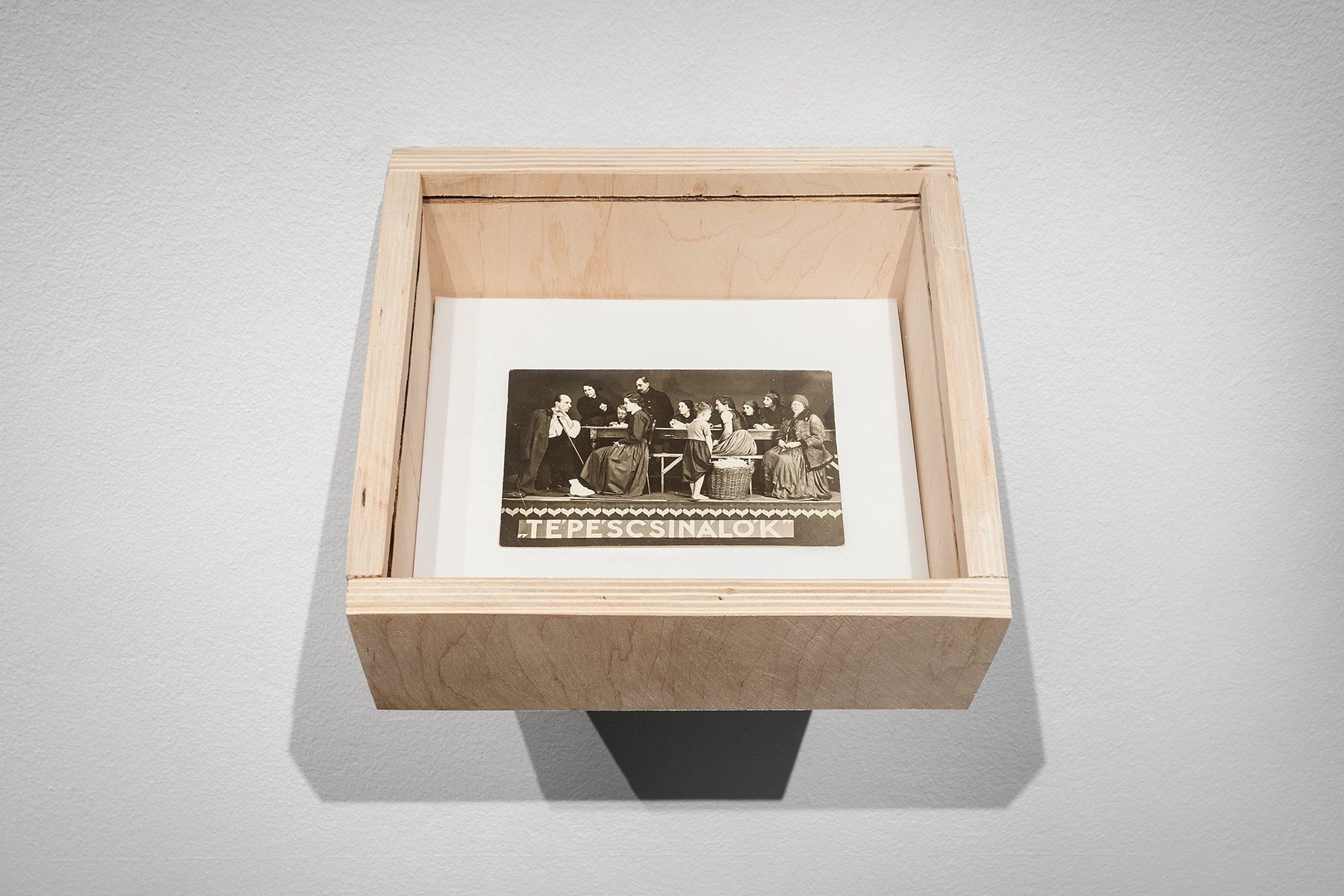
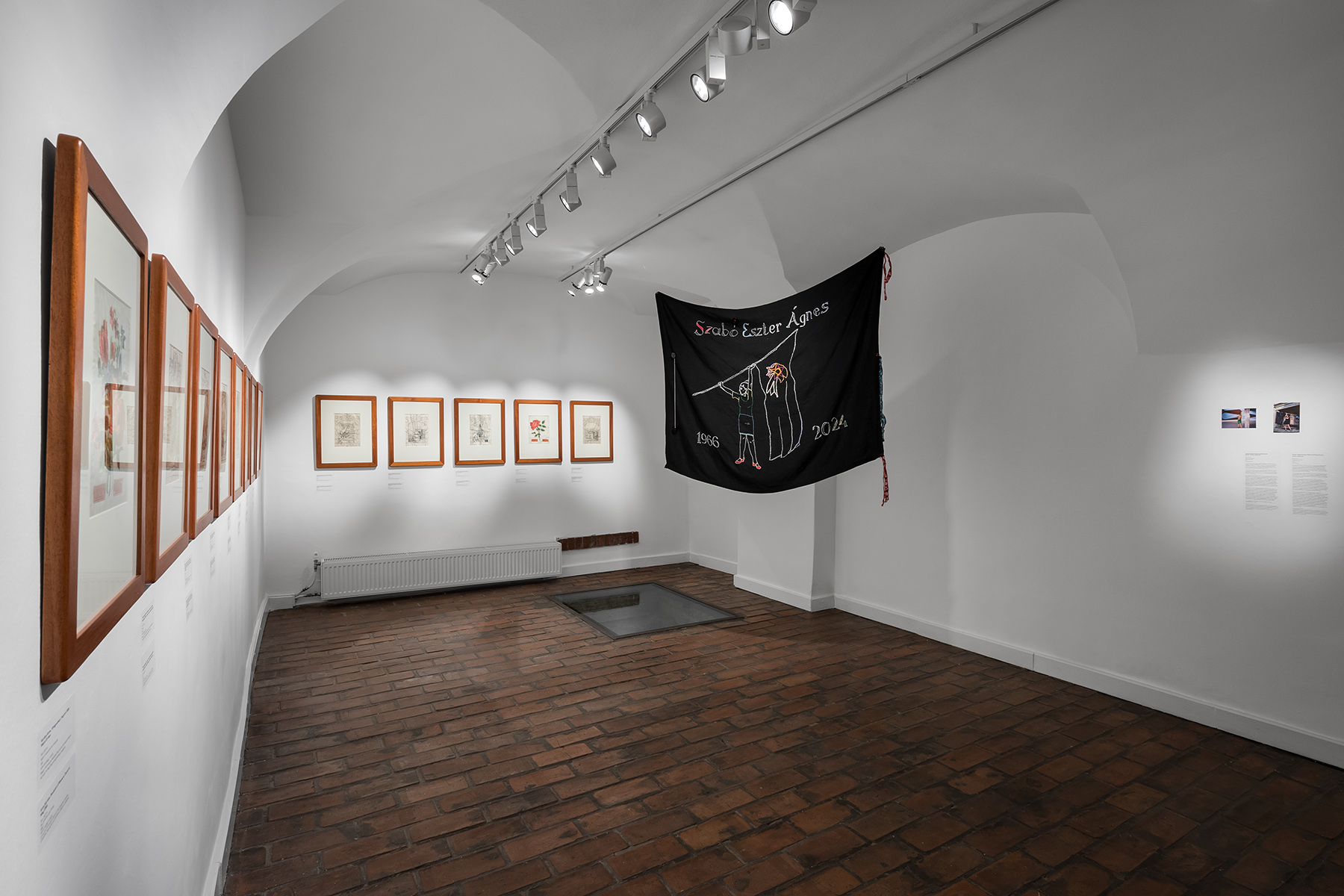
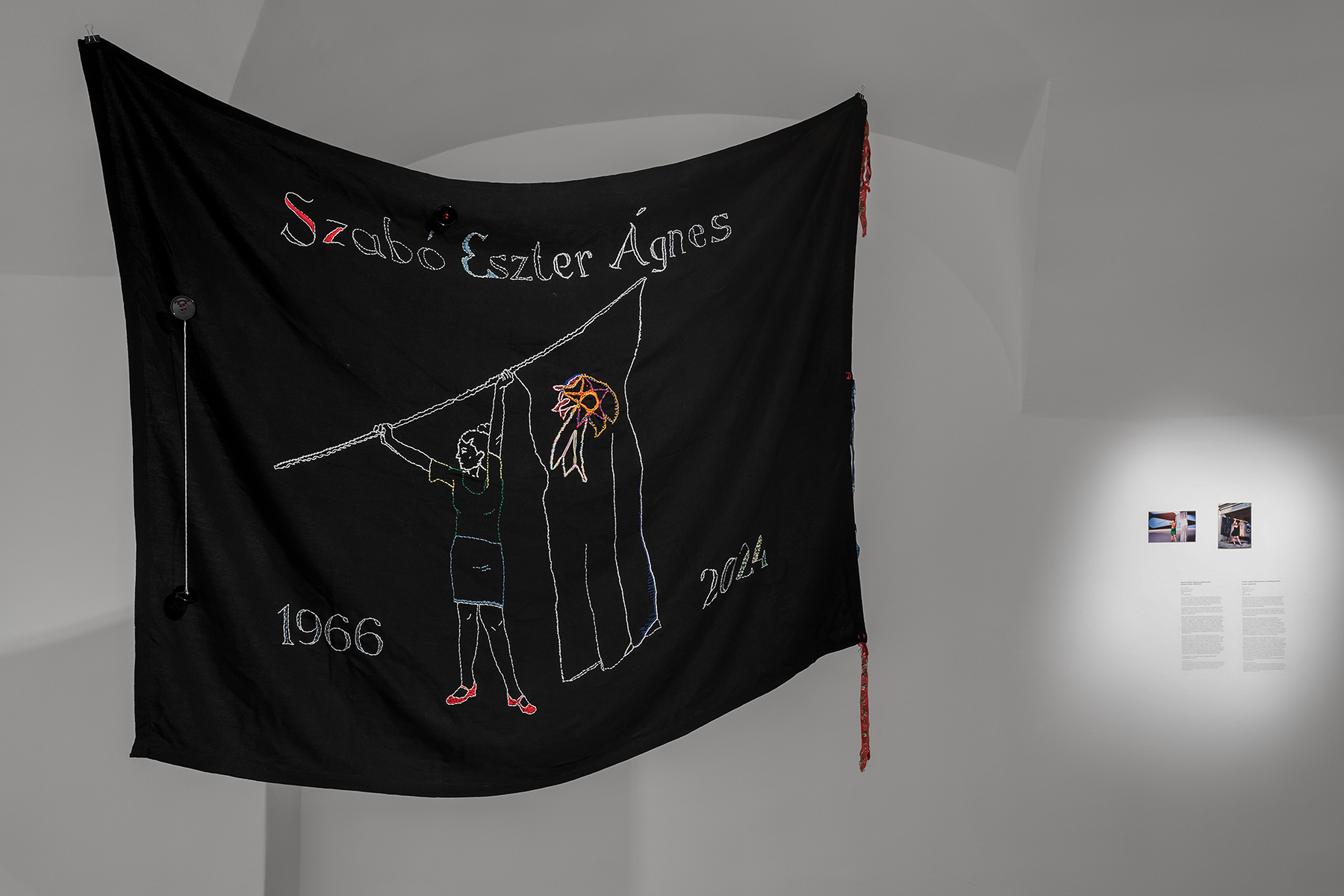
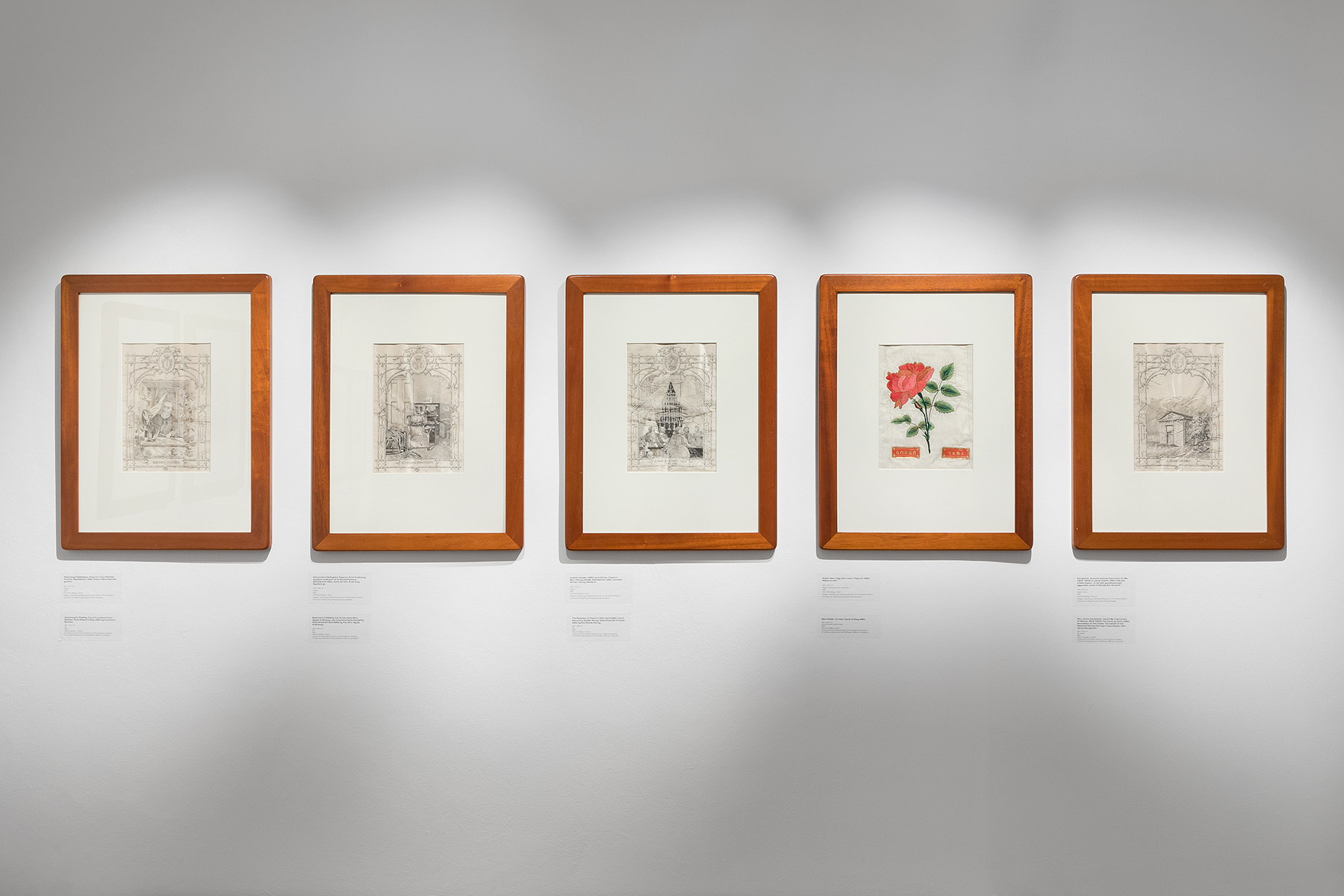
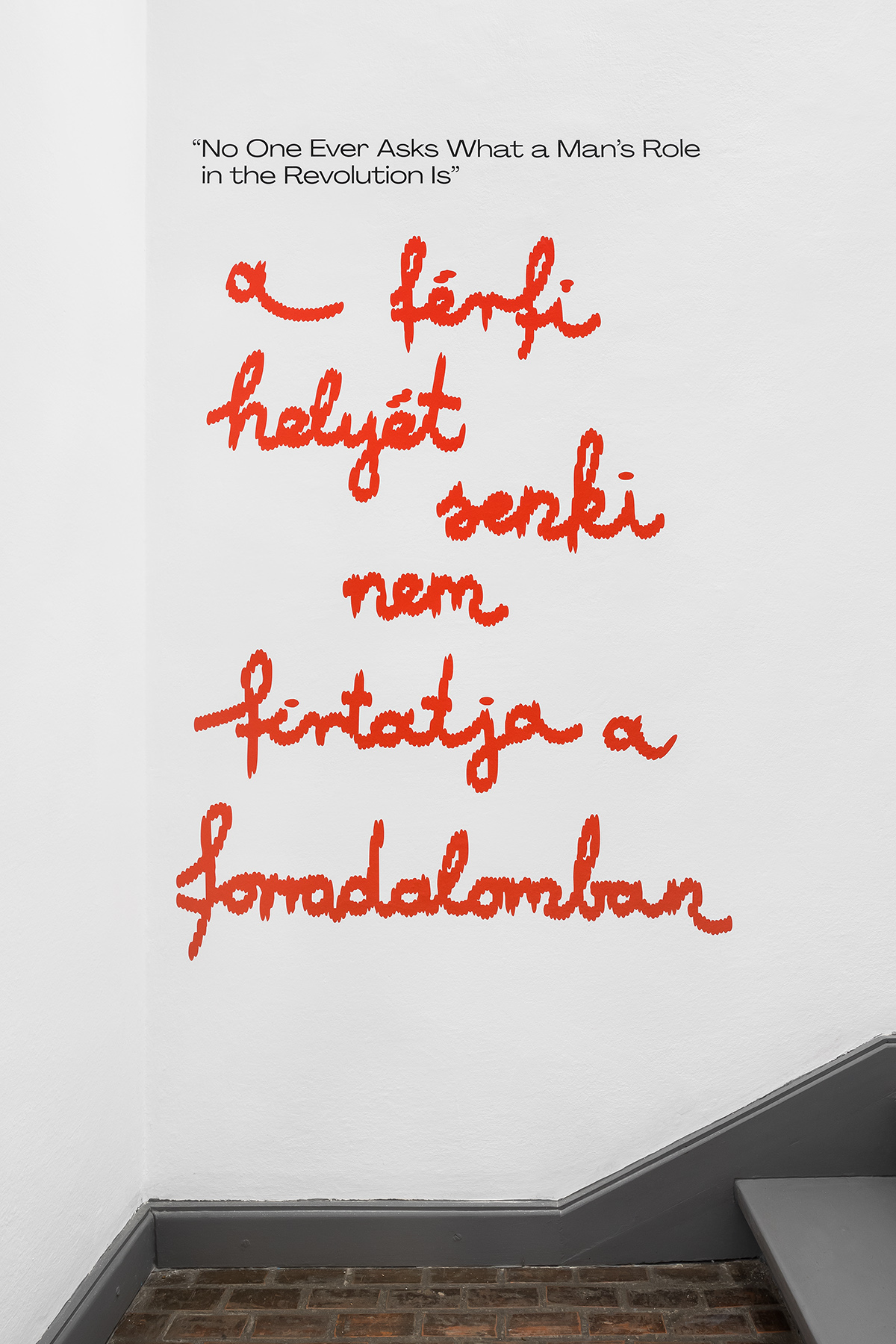
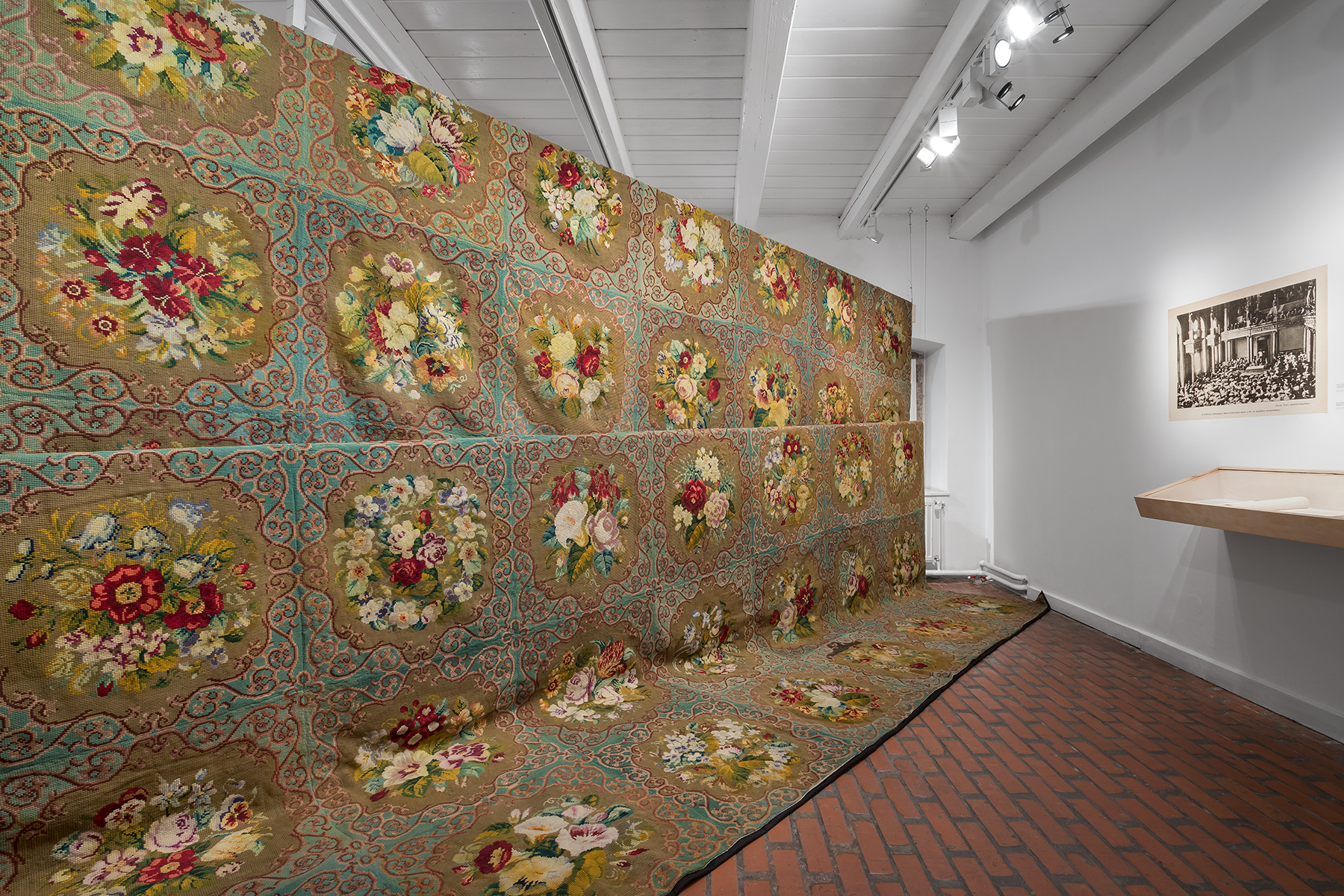

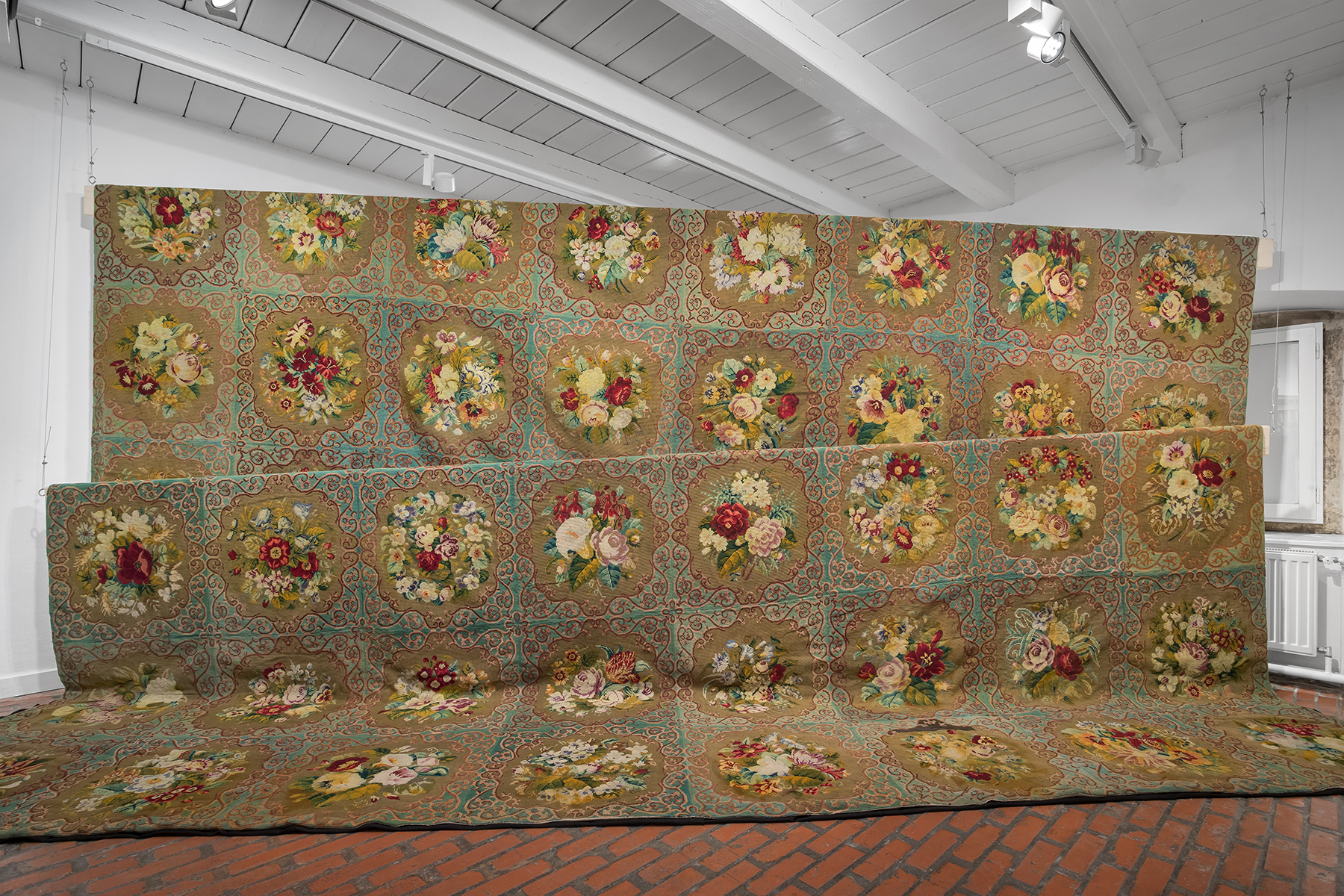
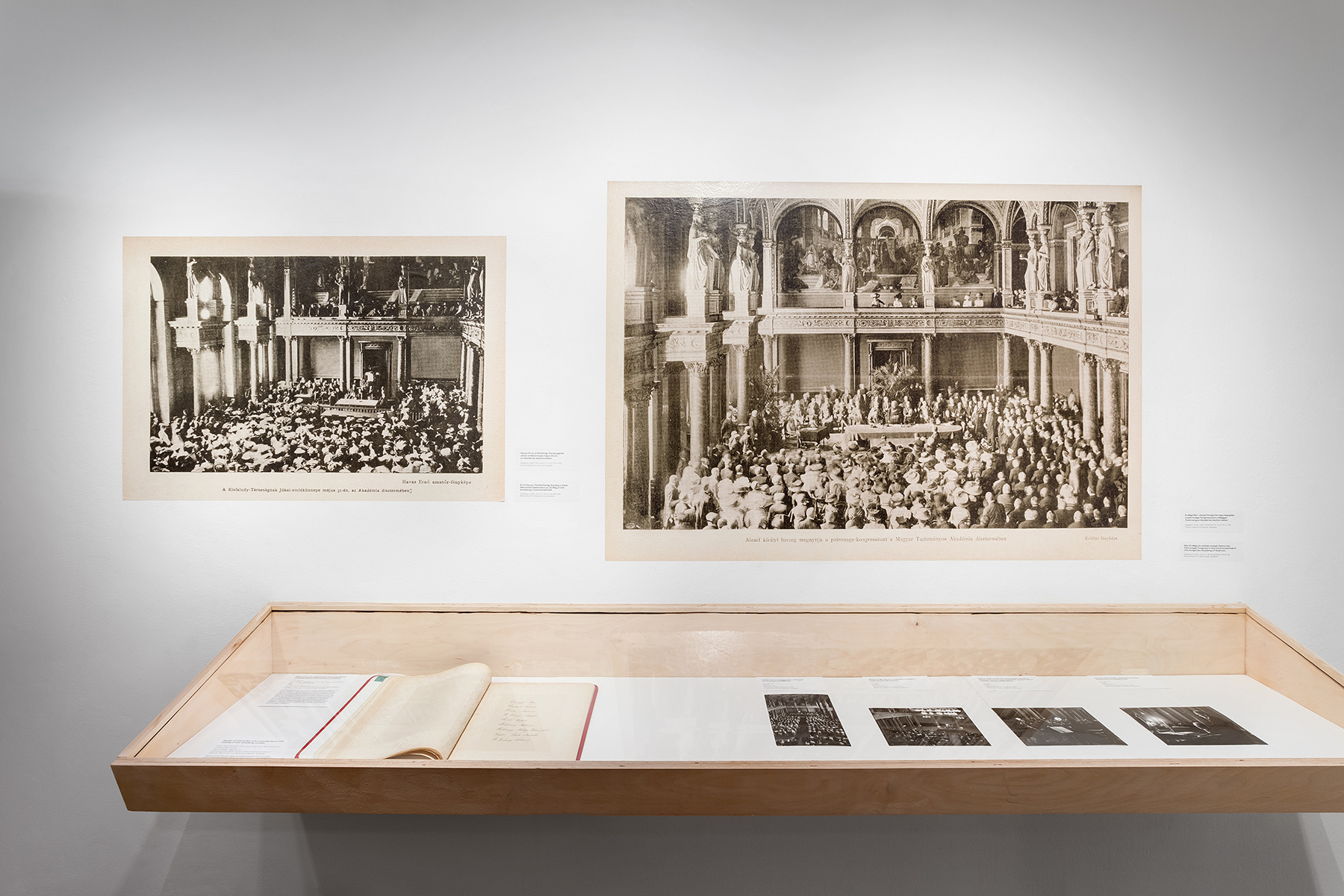
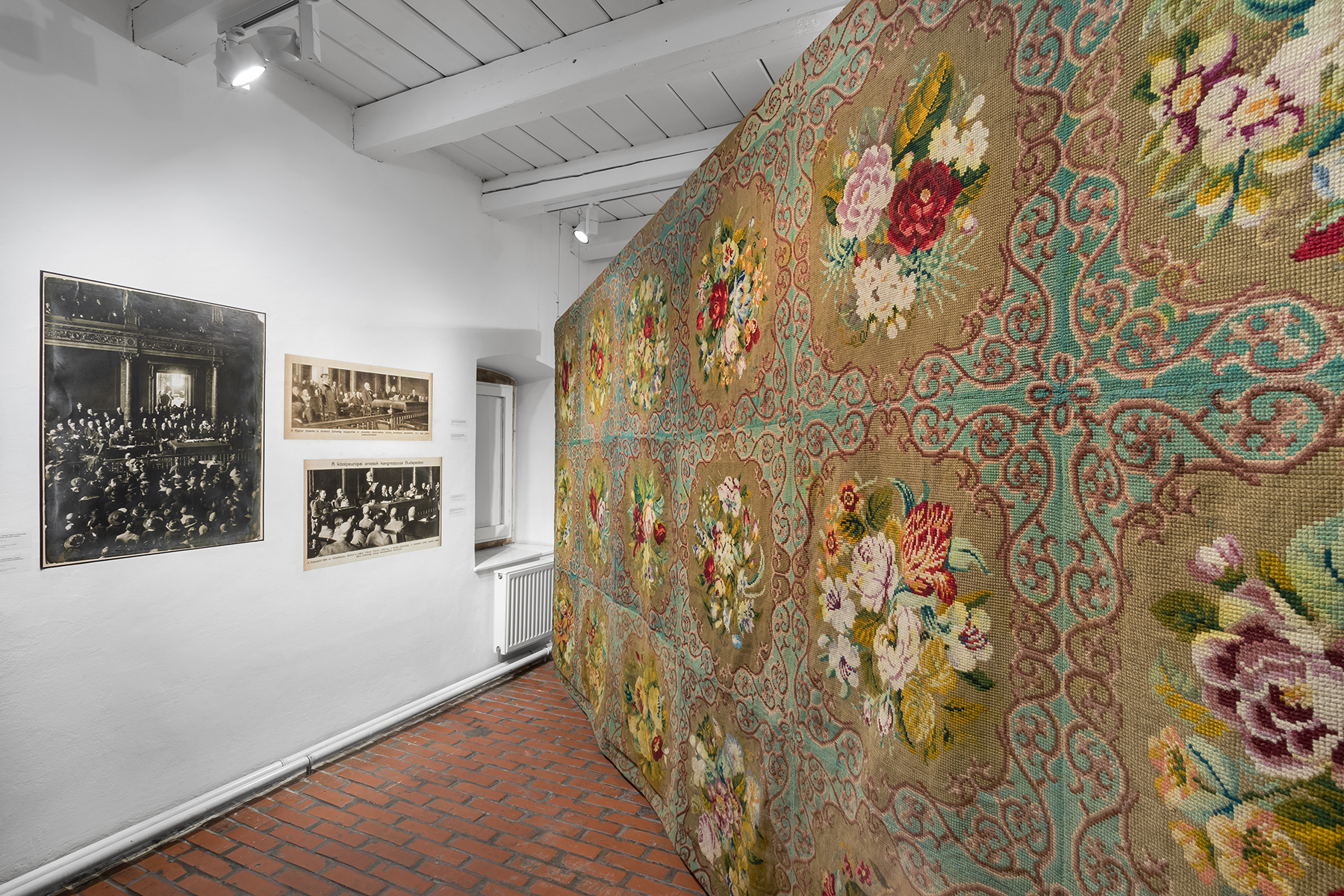
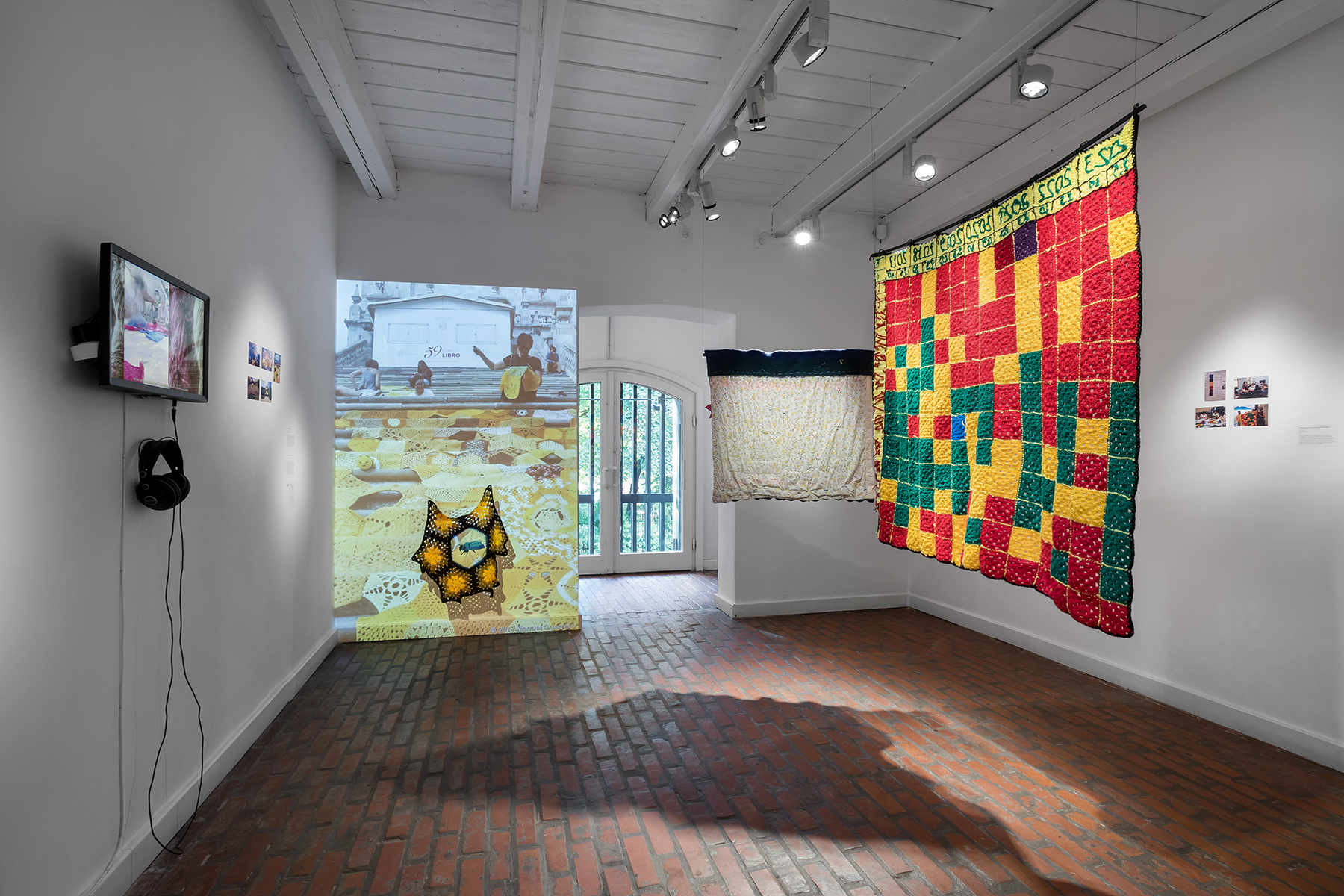
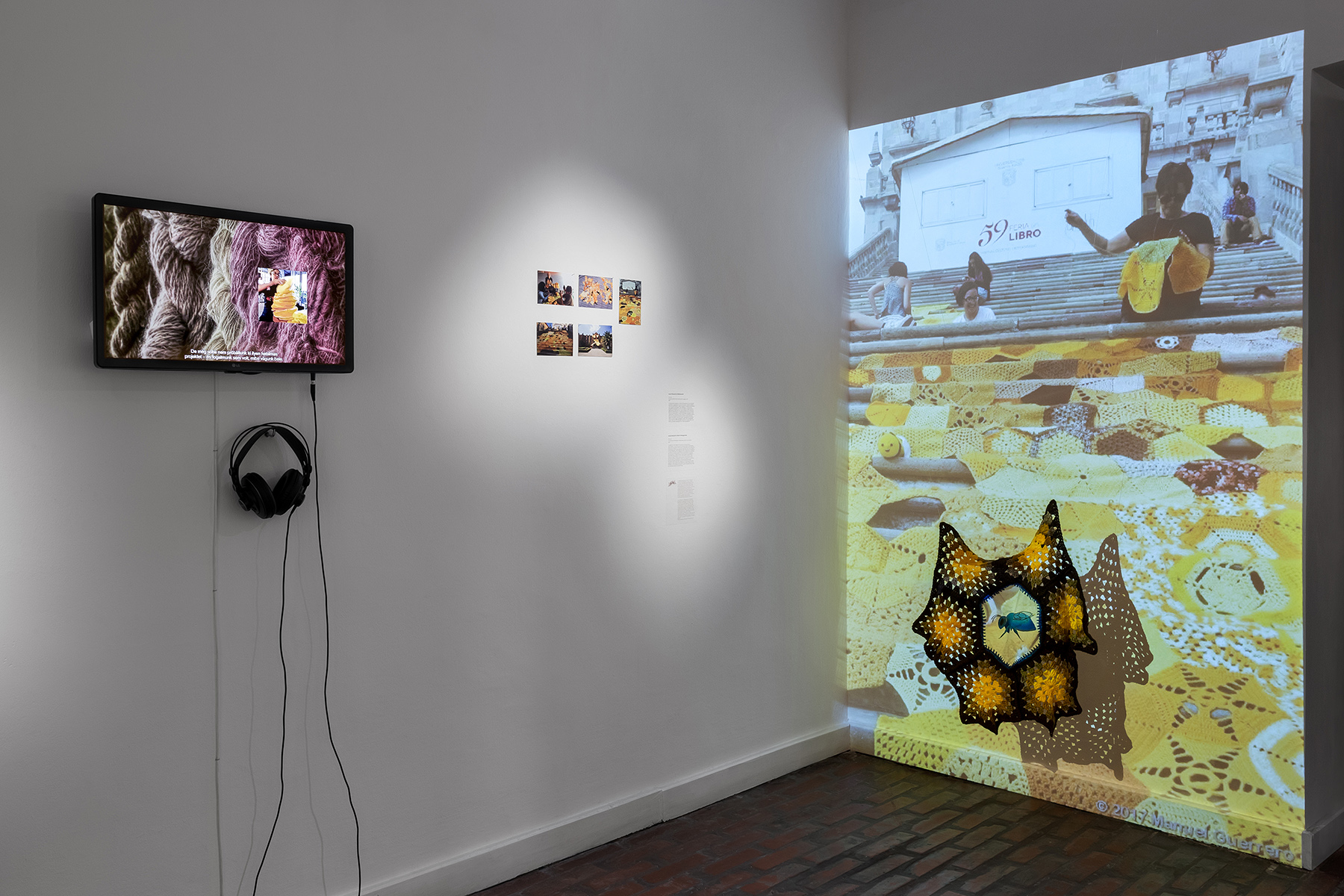
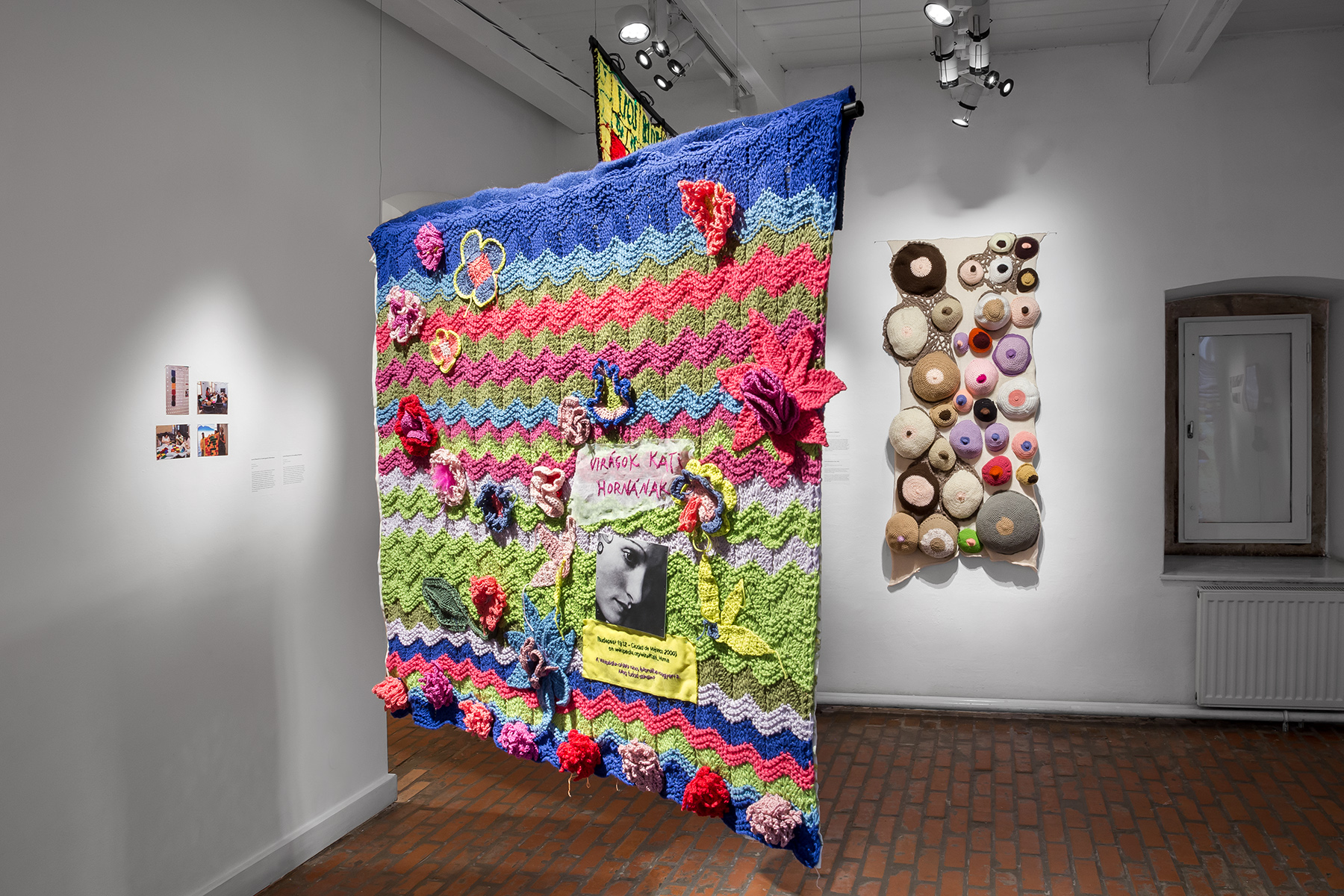
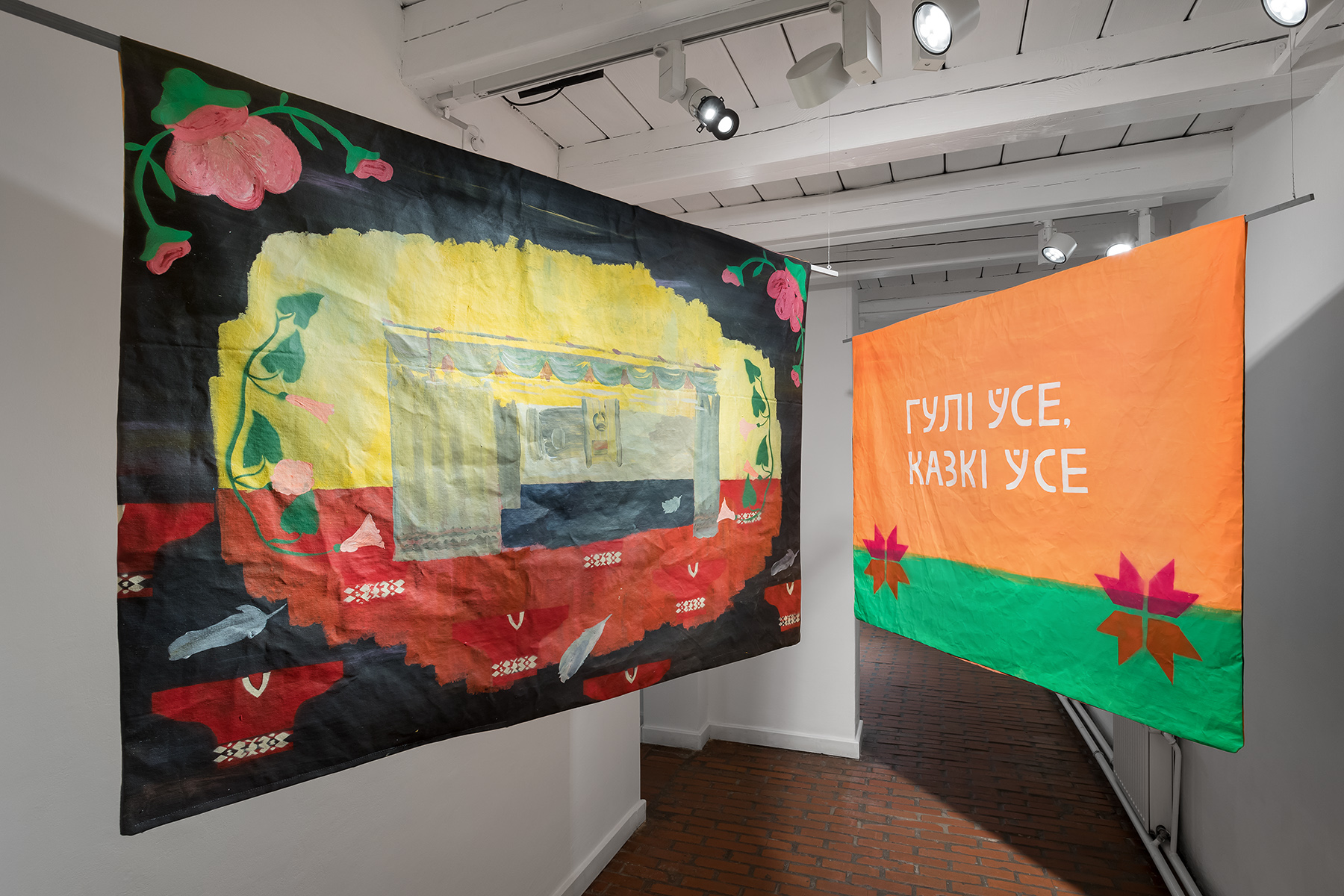
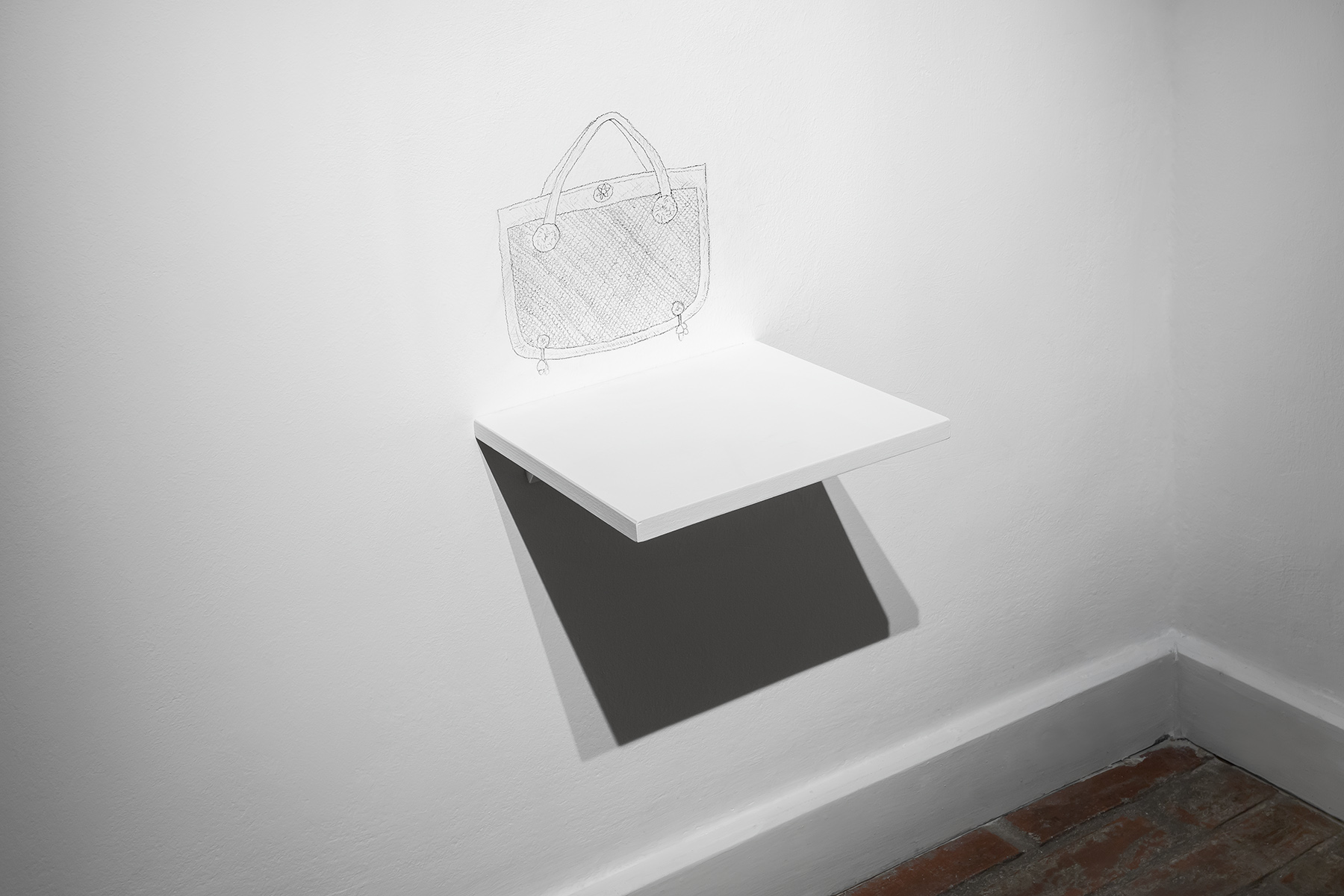
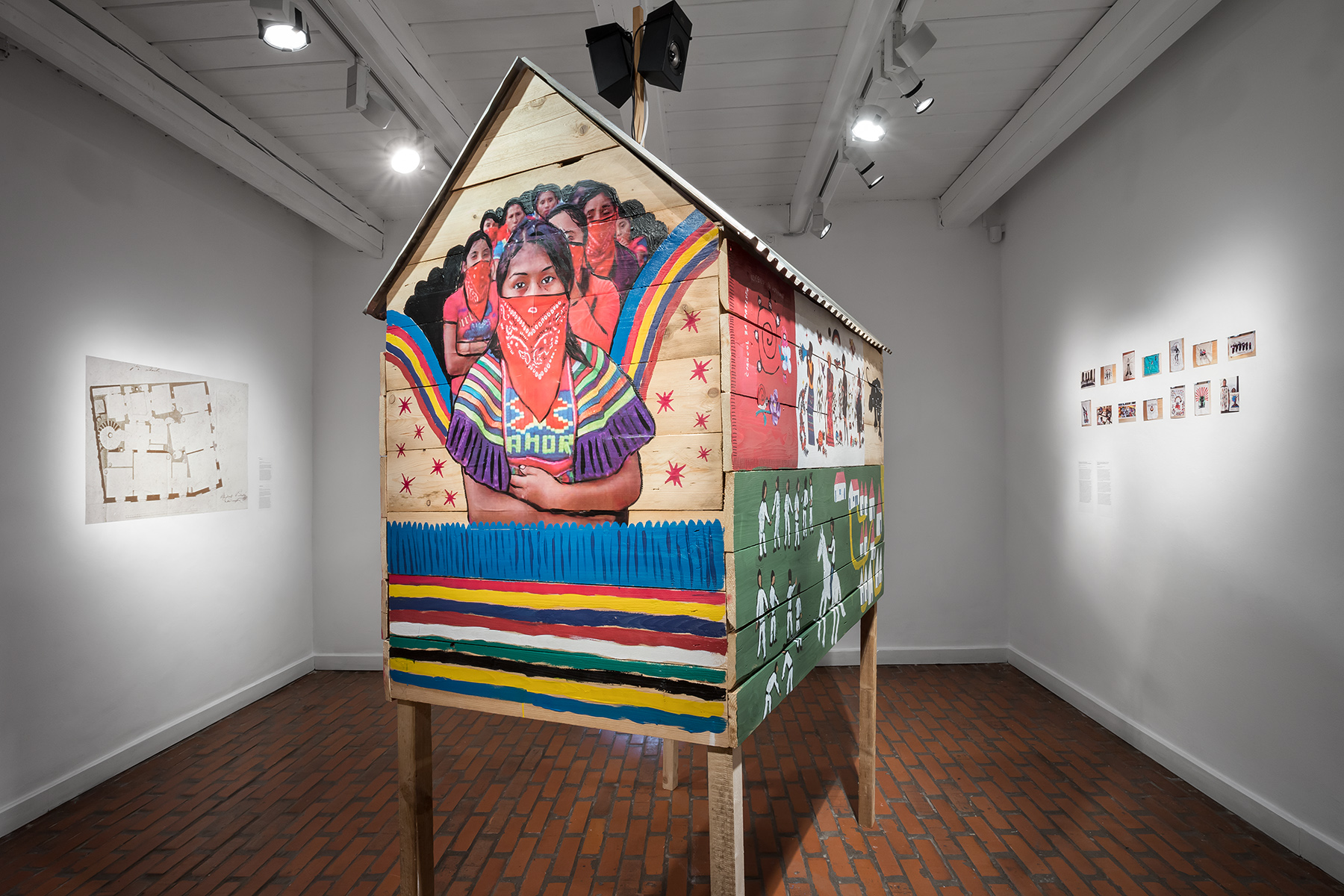
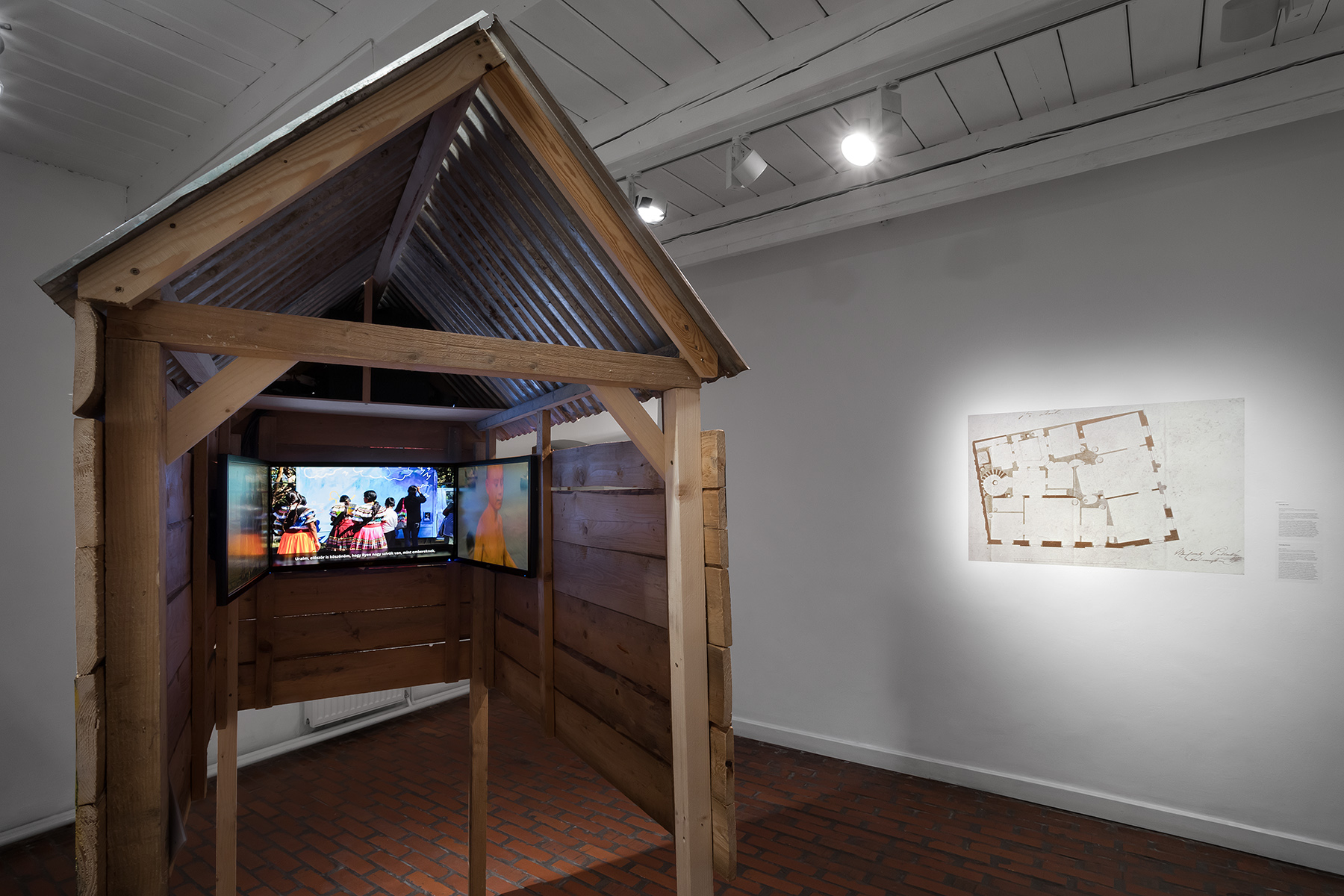
Photos: Tamás Juhász G.
